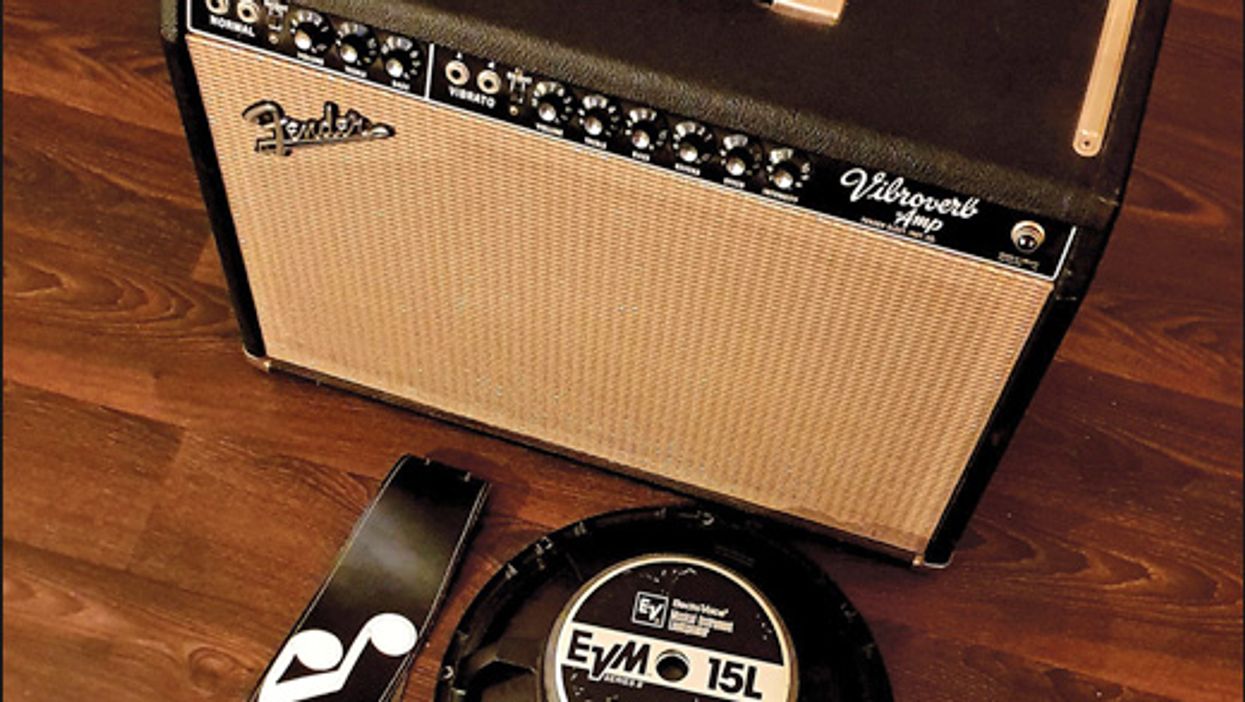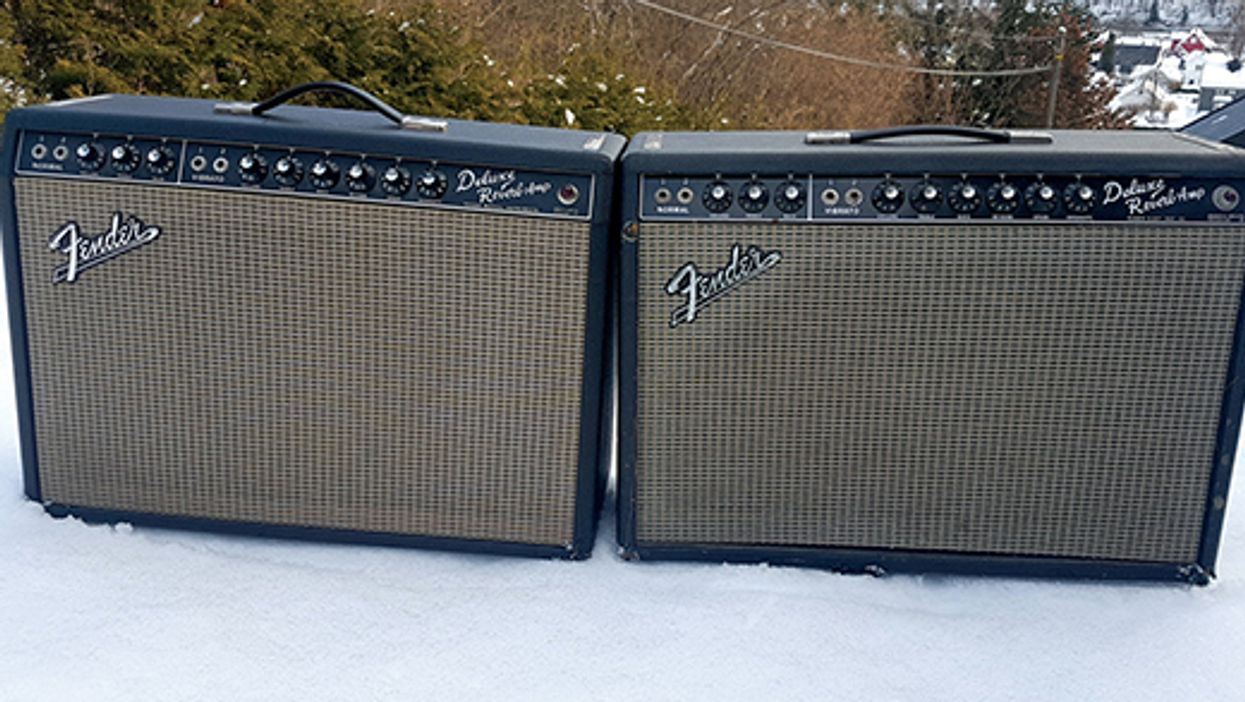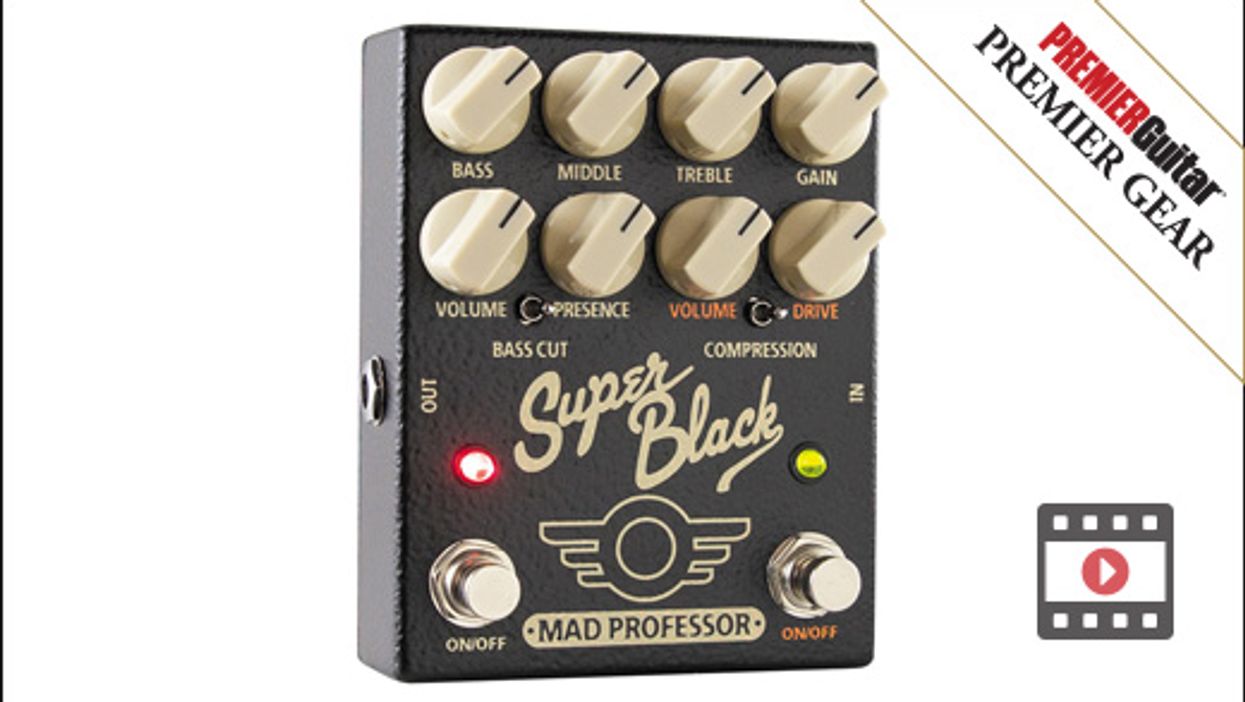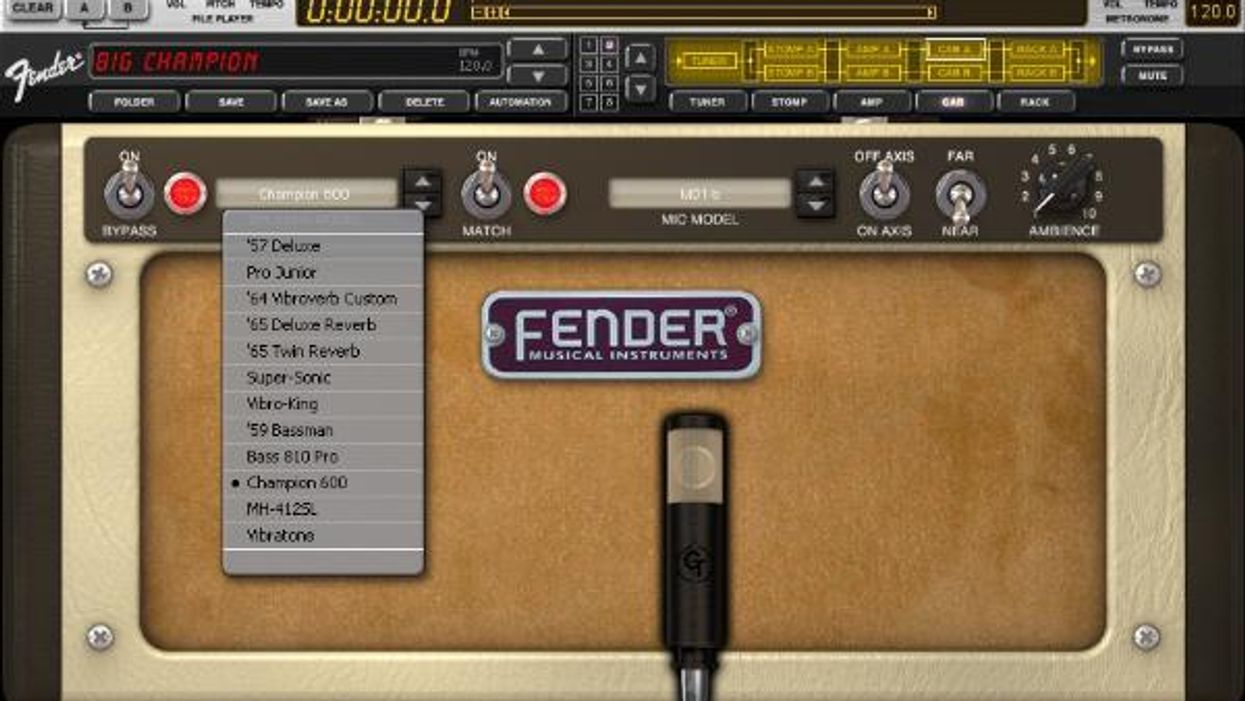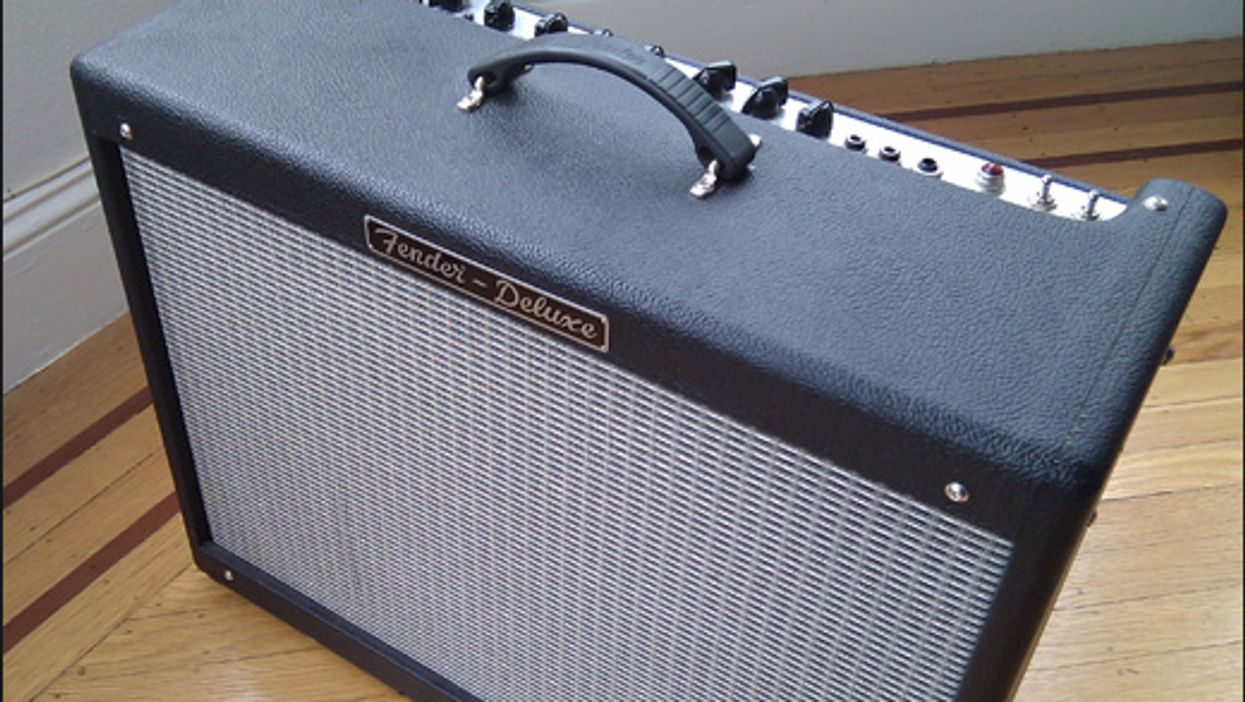Search
Latest Stories
Start your day right!
Get latest updates and insights delivered to your inbox.
fender-amps-vintage-modeling-software-recording-pro-junior-deluxe-reverb-champion-600-vibro-king-twin-super-sonic-bassman-ik-multimedia-fx
Don’t Miss Out
Get the latest updates and insights delivered to your inbox.
Recent
load more
